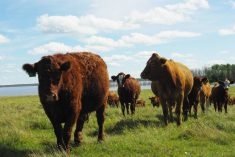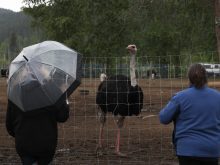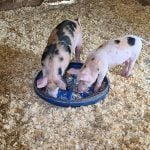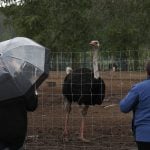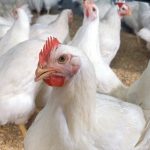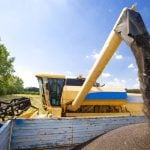The Newfoundland Pony Society is looking to compile an inventory of historical records for the province’s only heritage animal.
The group, which held its annual meeting Sunday, got $6,000 in provincial funding this year to get the Newfoundland Pony inventory project off the ground, the Newfoundland and Labrador government noted in a release.
Provincial Culture Minister Clyde Jackman noted that there are “perhaps fewer than 400” Newfoundland Ponies in the world and fewer than 160 in the province itself — down from an estimated 9,000 in 1935. Rare Breeds Canada lists the breed as “critically endangered.”
Read Also

U.S. criticizes Mexico’s handling of screwworm near border
U.S. Agriculture Secretary Brooke Rollins on Thursday said Mexico has not adequately enacted protocols to curb the spread of New World screwworm.
“That is why it is so important for owners who suspect they have a Newfoundland Pony to confirm, through DNA analysis, that the animal is indeed a member of this rare breed,” Jackman said in the release Tuesday, noting that registration with the society is free of charge.
While it’s important to identify as many ponies as possible, to help introduce new bloodlines and improve breeding efforts, society president Mac LeMessurier assured in the release that registration only means genetic testing to ensure the animal is a purebred Newfoundland Pony.
“Any involvement in breeding programs would be at the discretion of the owner.”
LeMessurier also noted that identifying and registering as many of the horses as possible could also help the Newfoundland Pony qualify for “breed” status under the federal Animal Pedigree Act.
The act, in place since 1985, covers the establishment and authorization of animal pedigree associations to register and identify breeds of “significant value.”
The act leaves it up to the federal agriculture minister to recognize a new breed by ruling on whether an animal looks enough like the animal into which it was meant to evolve, has the same genetic makeup and has “been reproducing with genetic stability.”



